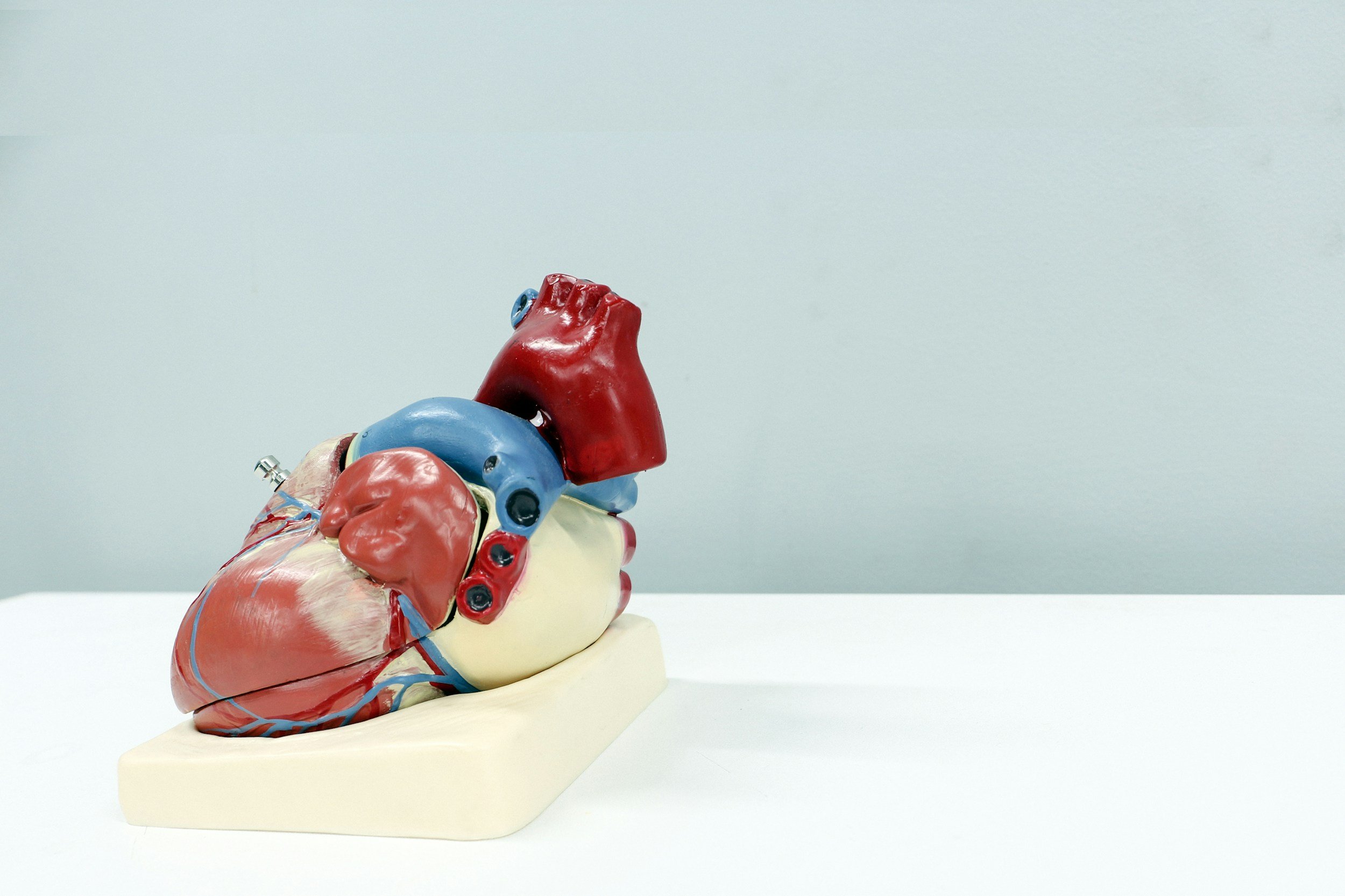
Critical Limb Ischemia (CLI)
What is Critical Limb Ischemia (CLI)?
The most severe form of peripheral artery disease is called critical limb ischemia (CLI). CLI is characterized by rest pain, foot/toe ulcers, and/or gangrene (dead tissue). Approximately 2 million US citizens suffer from this disease, and there’s likely to be a lot more due to the rise of diabetes and kidney disease. Patients with CLI have a major amputation rate as high as 40% at 6 months and a mortality rate of 20% - 25% in the first year after diagnosis. At 5 years, the all-cause mortality rate of 70% exceeds that of most cancers. Oftentimes, CLI patients undergo amputation without any type of vascular evaluation by a highly trained vascular physician who has expertise in the newest non-surgical treatment techniques. Therefore, seeing a vascular specialist is very important prior to any surgery or amputation.
Who is at risk?
Those who identify with any of the following risk factors:
Smoking
Diabetes
High Blood Pressure
High Cholesterol
Kidney Disease
Patients with known plaque buildup in other parts of the body, like the heart or neck, or a history of aneurysms.
Signs/Symptoms
Common symptoms in CLI patients include claudication (pain that occurs when walking or exercising and disappears at rest), pain at rest in the foot during the day or at night while sleeping, discoloration, numbness, tingling, or coldness in the lower legs and feet, ulcers/sores or gangrene on the legs or feet.
Diagnosis
Your doctor will perform a complete patient history and physical exam and possibly order blood tests.
Outpatient non-invasive vascular testing may include a combination of:
Ankle brachial index (ABI) and Toe brachial index (TBI). These are calculated using blood pressures from the arms and feet and toes at rest. An ABI < 0.90 and a TBI < 0.7 confirms the diagnosis of peripheral arterial disease.
Duplex ultrasound of the leg arteries.
Pressure and volume measurements of the blood flow in the legs (PVR, Segmental Pressures).
TcPO2/TCOM which measures the oxygen level of the tissues using sensors on the foot.
CT or MR Angiogram of the legs which are CT or MRI scans of the arteries in the legs using contrast injected into an arm vein.
Treatment
Depending on the location and severity of the blockages in the leg arteries and your risk factors, your doctor will help you with risk factor modification and prescribe medications, an exercise program, or recommend treatment.
Most vascular treatments are outpatient, non-surgical, performed with local anesthesia and light sedation medications, using a tiny nick in the skin the size of a pencil tip. Using a small artery in the groin, wrist, or foot, as well as various cameras to see inside the body, a small tube called a catheter is advanced through the blood vessels to the blocked artery. Then various devices allow doctors at FVS to shave/remove atherosclerotic plaque and fatty deposits as well as dilate narrowed and blocked arteries. In some instances when the blocked artery does not stay open with the above techniques, a scaffold called a stent may be necessary to keep the artery open thereby preventing surgery in most cases. Recovery is usually a few hours and rarely a one night hospital stay. Most patients have immediate improvement in their symptoms. Follow-up clinic visits are scheduled every few months to make sure symptoms are not recurring.
References
Julio Sanguily III, MD Brad J. Martinsen, Zsuzsanna Igyarto2, Maikhoi Tuong Pham, DPM. Reducing Amputation Rates in Critical Limb Ischemia Patients Via a Limb Salvage Program: A Retrospective Analysis. Vascular Disease Management. May 2016, Volume 13, Issue 5.
Jihad A. Mustapha, MD, Barry T. Katzen, MD; Richard F. Neville, MD; Robert A. Lookstein, MD; Thomas Zeller, MD, Larry E. Miller, PhD, Michael R. Jaff, DO. Determinants of Long-Term Outcomes and Costs in the Management of Critical Limb Ischemia: A Population-Based Cohort Study. Journal of the American Heart Association. Aug 2018

Schedule a consultation and improve your health.
Get your procedure done where you’re the center of our attention.

